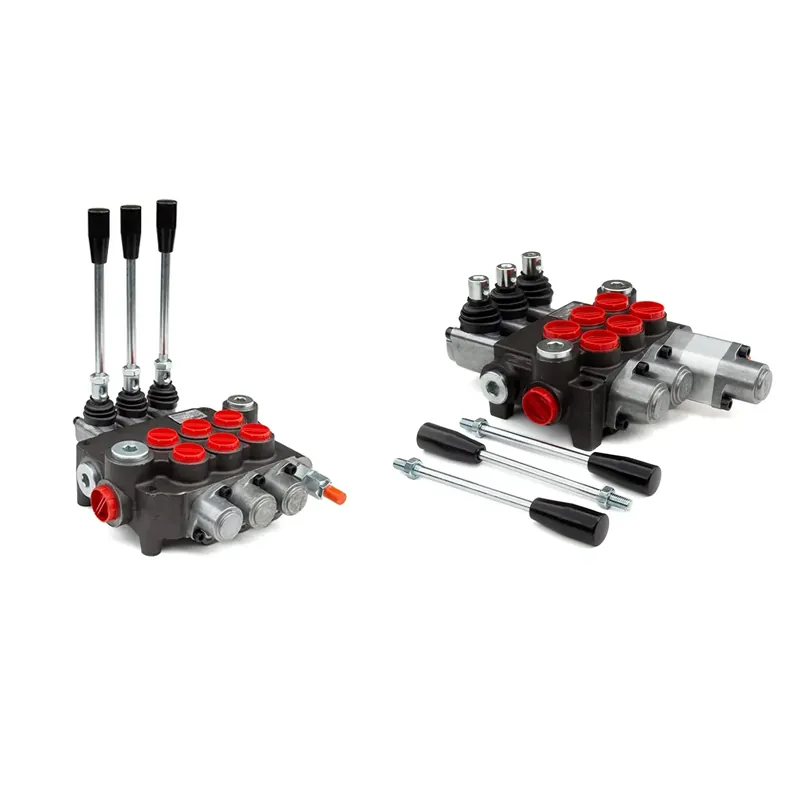Altering Oil Flow: The Impact of Directional Control Valves
Directional control valves are essential components in hydraulic systems.
These valves rapidly move from fully open to fully closed positions, causing quick acceleration or deceleration of fluid Flow.
In Hydraulic Systems, fluid flow can be managed using the following types of directional control valves:
Spool Type:
A spool valve consists of a cylinder within an external casing, with multiple ports on one side leading to the other.
The internal spool moves, opening and closing ports as needed.
Cartridge Type:
Also known as a 2/2-way valve, cartridge valves are typically small and used for flow, direction, check, and Pressure control.
Pilot Operated Check Valve:
This valve maintains pressure in circuits or cylinders. When the valve opens, pressure is released, either opening or closing the cylinder.
Diverter Type:
Hydraulic diverter valves can switch fluid flow to different lines, and depending on the complexity, multiple lines can be switched simultaneously.
Simple directional control valves are often of the diverter type, primarily used to control the movement of hydraulic cylinders.
Oil enters one port and moves to either of the other two ports or back to the tank port, causing the expansion or contraction of a double-acting cylinder at its two ends.
More sophisticated spool valves typically have three or occasionally four positions. The spool, depending on its specifications,
has a neutral position in the center, with the other two service ports pressurized or connected to the tank in two different positions.
Control valves for hydraulic machinery primarily control fluid flow through valve ports and cylinders.
They can operate more easily under pressure than diverters and control multiple cylinders, motors, and other actuators from the same spool block.
Some manual spool valves may have a fourth position occasionally referred to as a "float valve."
This position is connected to two service ports to allow the cylinder to move freely based on the load, such as in a grading blade.
Pilot-operated check valves allow oil to move freely in one direction, but they only move in the opposite direction when pilot pressure is applied to open the check valve.
Cartridge-type directional control valves function similarly to other types. The valve mechanism is contained within a cartridge,
allowing various types of cartridge valves to be combined within the same block.
Saivs brand
- T6ED high pressure T6 Denison double oil hydraulic pump
- Poclain Ms125 Hydraulic Motor Modular Hydraulic Motor
- Gear pumps series NSH32M
- Gear pumps series NSH50M
- Rexroth check valve DV6 DV10 DRV6 DRV10
- SD4/SD5/SD11/SD14/SD18 Hydraulic Directional Control Valves
- Rexroth 4wrle10/16/25/35 series servo selonoid valve
- Ultra-Low Pulse Vickers Eaton Double 20V Vane Pump
- Mobile Mast Aerial Work Platform
- Rexroth pressure relief valve DR6DP DR10DP DR10 DR20 DR30
Related News
- How to Protect a Pressure Reducing Valve
- Choosing the Right Hydraulic Pump for Your Tractor: A Comprehensive Guide
- What to be careful about when choosing a Hydraulic Winch
- Calculating Horsepower for Hydraulic Pumps - A Comprehensive Guide
- What are the advantages of electric winches and hydraulic winches
